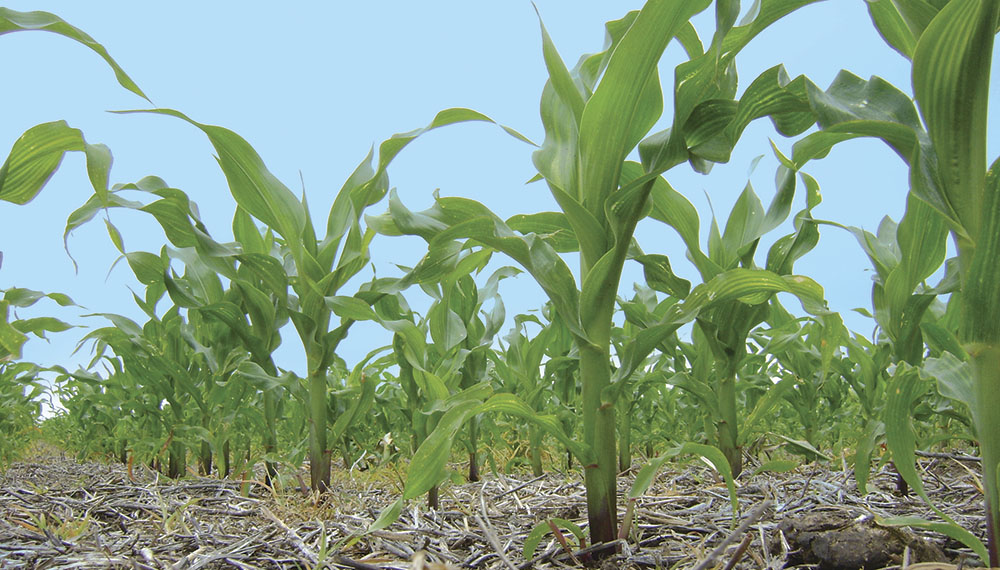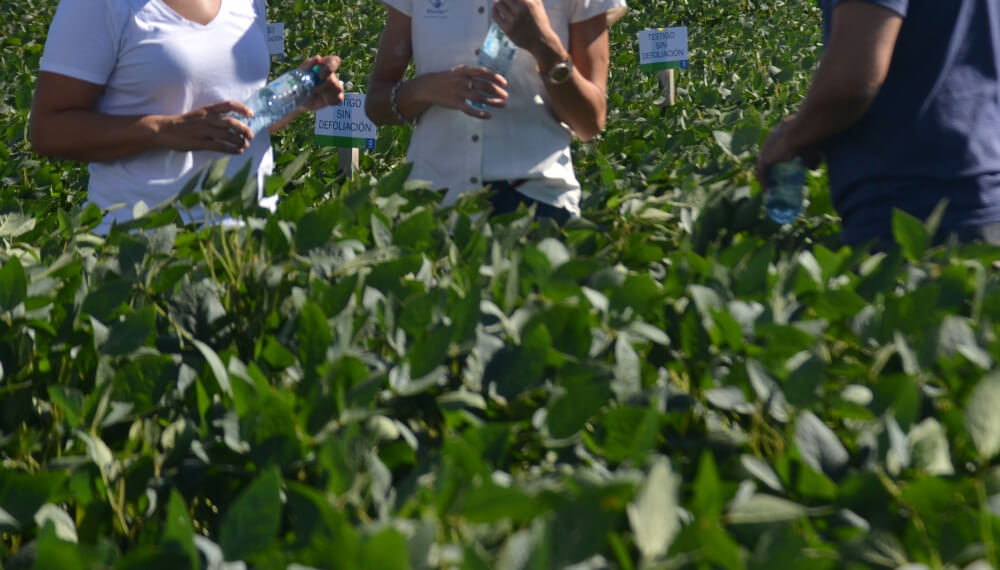Coarse planting proceeds at full speed with many batches. However, there is still a long way to go to close the sowing windows for the most important crops, soybeans and corn, while the price of inputs does not stop growing.
This forces producers and technicians to be strategic in the use of inputs.
“This represents an opportunity for foliar application products, which achieve a more efficient use of nutrients because the absorption is carried out completely by the plant, without the intermediation of the soil, where they can be retained or subject to eventual losses. ”, Remarks Gustavo Ferraris (Photo), expert in crop nutrition and soil fertility at INTA Pergamino.
See also The Ministry “calms the spirits”: ensures that inputs were imported to sustain production
According to the specialist, a lot of attention should be paid to the application conditions. “You have to use good quality products, with development and validation in the region where they are going to be used. During the application, a high number of impacts must be achieved, with small drops, the appropriate tablet (usually with a hollow cone) and under appropriate environmental conditions ”, he highlights.
Another aspect that the professional stands out are the characteristics of the chemical formulation that the fertilizer presents.
“Chelated (in the case of cations) and complexed (anions) fertilizers are among the most efficient. It can happen that two products make the same contribution in quantity of nutrients, but that they are not absorbed with the same efficiency by the plant, which depends on the quality of the formulation ”, he warns.
Fertilizers
For the cultivation of Soy, Jonathan Grippa, regional technical advisor in Pampa Húmeda, from Stoller Argentina & Uruguay, recommends the use of SET in stage between R1 and R2.
It is a product formulated with 8% calcium, 0.5% boron and traces of growth promoting hormones. “These three components at this stage of the growing cycle have specific functions: the fertilization and fixation of flowers, and the setting of fruits and pods,” he explains.
With a dose of two liters per hectare, the tests carried out by the company in the north of Buenos Aires and south of Santa Fe, show an extra yield that ranges between 7% and 8%.
 Regarding the corn, the suggestion is Nitroplus 18 in advanced vegetative stages between V6 and V8.
Regarding the corn, the suggestion is Nitroplus 18 in advanced vegetative stages between V6 and V8.
It is a product with 18% nitrogen and 7% calcium, which is positioned as a complement to basic fertilization, in order to adjust the supply of nutrients to the great demand that the crop will have from V8 on.
“We give the plant a shock of amine nitrogen, which is the way it incorporates it. Thanks to that we achieve greater efficiency in its use. In addition, being 100% used by the plant, it reduces the environmental impact. In other words, there is no excess nitrogen that can be washed and thus contaminate the layers ”, says Grippa.
–


